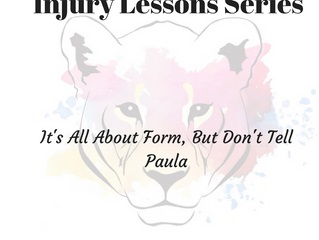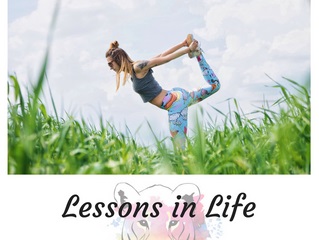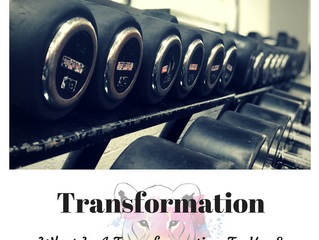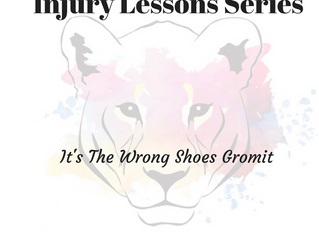Apologies non-runners, this is a little run-biased, but the idea is the same…
In a galaxy far far away, there lived a little girl who just liked to run. (It’s not me by the way). She ran and ran and ran and ran. She even won races. Lots of races. But then one day she came to planet Earth where people liked to run as well. She joined in a race, but when she started to run the people of Earth were aghast at how she ran. She was not upright, her arms and legs were pointy and generally in the wrong direction, and her head wobbled from side to side. The people of Earth thought she would never win the race. How could she, her form was all wrong!
But how wrong they were. This girl went on to win that race, and many after.
That girl was Paula Radcliffe.
Now no one can deny that Paula was and still is a phenomenal runner. But if we are to believe the 101 guide to running form, she shouldn’t even be able to get off the start line, let alone win the prestigious London Marathon three times.
…
A bunch of scientific sporty minds set about studying to see if dramatically altering athletes strides would in fact make them more efficient, better runners.
By the end of the 12 week test where they had been instructed on how to hold their bodies and how their feet should strike the ground, the athletes had changed their form, to a more considered ‘proper’ form: less bouncy, shorter strides, generally prettier within their run. What it had also changed however was the efficiency of their run, but not in the right direction. In other words, more oxygen was needed to cover the same measured distance from prior to the test. A greater oxygen requirement is not really a good thing when running. You tend to puff a lot more.
So what is the answer to better running, or better training in any area?
Technique, or Mechanics
Form is all about the global change, whilst technique or mechanics are more discreet changes; slight changes to head position, minor changes to angles of knees and elbows, the smaller yet noticeable changes.
Positive Mental Attitude
If you can think about the form, rather than actually change it and potentially run the risk of injury (see my previous post in the series, ‘Don’t Get Hurt in the First Place’, change things slowly, and not all at once), you’ll find that running economy along with oxygen consumption will improve.
Training Miles
Science suggests, no matter how gangly your gait, if you put in the miles (again, go back to ‘Don’t Get Hurt in the First Place’), the dividends will pay off.
For those non-runners who are still reading; bad form on a deadlift is not a good thing. It'll snap your back before you claim it as an idiosyncrasy of your own biomechanics. Quite literally, check yourself before you wreck yourself.
DISCLAIMER:
*Paula Radcliffe is not an alien! Merely artistic license to enhance the story!






